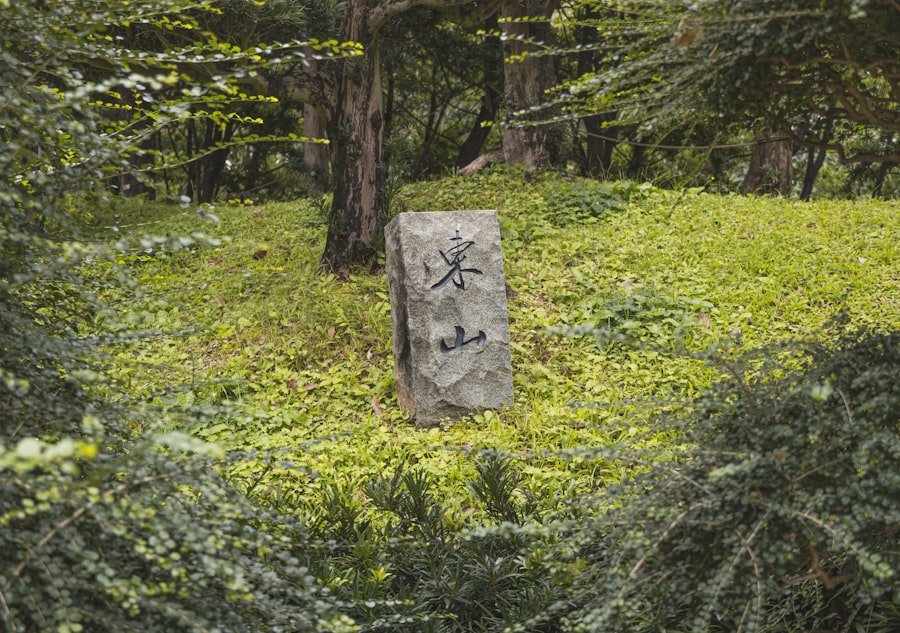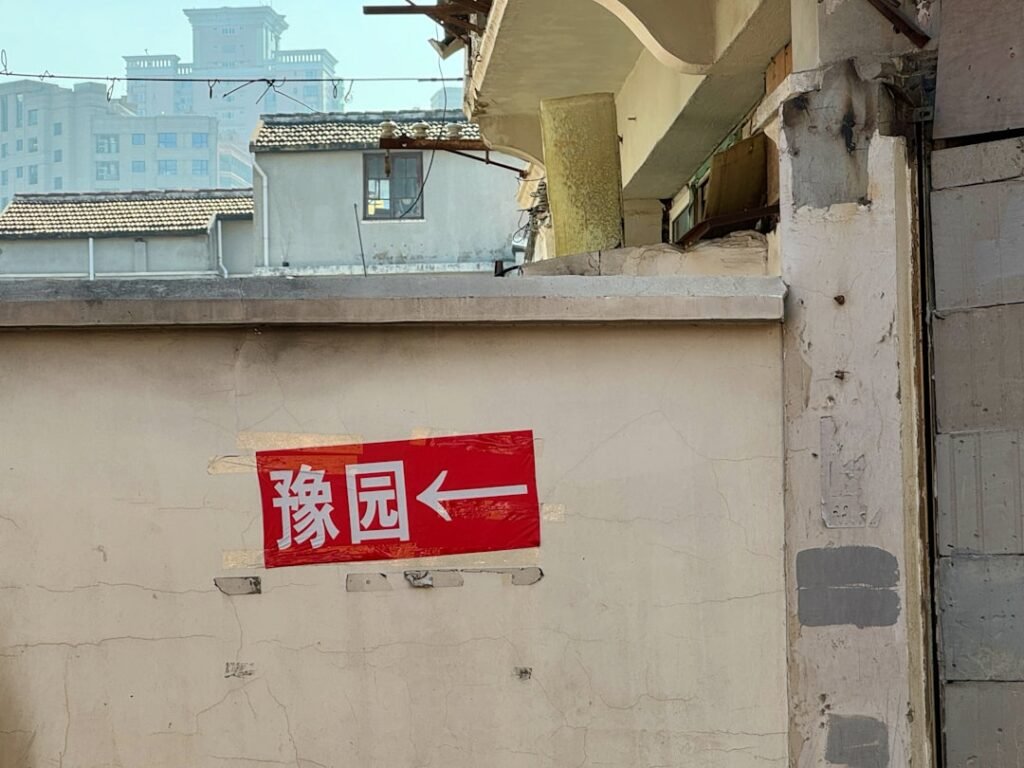Chinese characters, with their intricate designs and profound meanings, play a pivotal role in the realm of martial arts. These characters are not merely symbols; they encapsulate centuries of philosophy, tradition, and cultural heritage. In martial arts, understanding these characters can deepen a practitioner’s connection to the art form, enhancing both their physical and mental training.
As martial artists engage with these characters, they unlock layers of meaning that can inform their practice and enrich their understanding of the martial arts’ historical context. The significance of Chinese characters extends beyond mere aesthetics; they serve as a bridge between the physical techniques of martial arts and the philosophical underpinnings that guide practitioners. Each character tells a story, reflecting the values and principles that have shaped martial arts over generations.
For those who seek to master these disciplines, an appreciation for the language of Chinese characters is essential, as it fosters a deeper respect for the art and its origins. Spaces are filling up fast! Register for Chinese classes at the LC Chinese School in Oslo today.
Table of Contents
ToggleSummary
- Chinese characters play a significant role in martial arts, representing the history, culture, and philosophy of the practice.
- Understanding Chinese characters in martial arts is crucial for appreciating the meaning and symbolism behind each character.
- The history and cultural significance of Chinese characters in martial arts date back centuries, reflecting the rich heritage of the practice.
- Martial artists should know the top 10 Chinese characters to deepen their understanding and enhance their training.
- Chinese characters can improve mental focus and discipline in martial arts, making them an essential element in training.
The Importance of Understanding Chinese Characters in Martial Arts
Understanding Chinese characters is crucial for martial artists who wish to fully grasp the essence of their practice. These characters often represent key concepts such as strength, balance, and harmony, which are fundamental to martial arts training. By learning these characters, practitioners can gain insights into the philosophies that underpin their techniques, allowing them to approach their training with a more informed mindset.
This knowledge not only enhances their skills but also cultivates a greater appreciation for the cultural heritage of martial arts. Moreover, the study of Chinese characters can serve as a powerful tool for personal development. As martial artists delve into the meanings behind these characters, they often find themselves reflecting on their own values and aspirations.
This introspection can lead to improved focus and discipline, qualities that are essential for success in martial arts. By integrating the understanding of Chinese characters into their training, martial artists can elevate their practice to new heights, both physically and mentally.
The History and Cultural Significance of Chinese Characters in Martial Arts

The history of Chinese characters is as rich and complex as the martial arts themselves. Originating thousands of years ago, these characters have evolved alongside Chinese culture, reflecting the changing values and beliefs of society. In martial arts, they serve as a testament to the deep-rooted traditions that have shaped various styles over time.
Each character carries with it a historical narrative that connects practitioners to their ancestors and the wisdom they imparted. Culturally, Chinese characters are imbued with significance that transcends their linguistic function. They embody the principles of Confucianism, Taoism, and Buddhism, which have all influenced martial arts philosophy.
For instance, the character for “peace” (和) is often associated with the idea of balance in martial arts practice. Understanding these cultural nuances allows practitioners to appreciate the broader context of their training and fosters a sense of belonging within the martial arts community.
The Top 10 Chinese Characters Every Martial Artist Should Know
For those embarking on their journey in martial arts, familiarising oneself with key Chinese characters can be immensely beneficial. Here are ten essential characters that every martial artist should know: 1. 力 (lì) – Strength: A fundamental concept in martial arts, representing physical power and inner strength.
2.
和 (hé) – Harmony: Symbolising balance and peace, crucial for both technique and mindset.
3. 道 (dào) – The Way: Referring to the path or philosophy one follows in martial arts.
4. 忍 (rěn) – Endurance: Emphasising patience and perseverance in training.
5.
精 (jīng) – Essence: Representing the core principles that define one’s practice.
6. 武 (wǔ) – Martial: Directly linked to martial arts, embodying the spirit of combat.
7. 心 (xīn) – Heart/Mind: Highlighting the importance of mental focus and emotional control.
8.
龍 (lóng) – Dragon: A symbol of power and strength in Chinese culture.
9. 魂 (hún) – Soul: Reflecting the spiritual aspect of martial arts practice.
10. 友 (yǒu) – Friend: Emphasising camaraderie and respect among practitioners.
These characters not only represent key concepts but also serve as reminders of the values that underpin martial arts training.
The Meaning and Symbolism Behind Each Chinese Character
Each of these ten characters carries profound meanings that resonate deeply within the context of martial arts. For instance, 力 (lì), or strength, is not solely about physical prowess; it also encompasses mental fortitude and resilience in the face of challenges. Similarly, 和 (hé) signifies more than just harmony; it embodies the balance between body and mind that is essential for effective martial practice.
The character 道 (dào), meaning “the way,” encapsulates the journey every martial artist undertakes. It signifies not just the physical techniques learned but also the philosophical exploration that accompanies training. The character 忍 (rěn), representing endurance, serves as a reminder that mastery requires patience and dedication over time.
In contrast, 精 (jīng), or essence, speaks to the core principles that define one’s approach to martial arts. It encourages practitioners to seek depth in their training rather than merely scratching the surface. The character 武 (wǔ) directly links to combat but also embodies the spirit of discipline and respect inherent in martial arts traditions.
How Chinese Characters Enhance Martial Arts Training

Incorporating Chinese characters into martial arts training can significantly enhance a practitioner’s experience. By understanding the meanings behind these characters, students can develop a more profound connection to their techniques and philosophies. This connection fosters a sense of purpose in training sessions, encouraging practitioners to strive for excellence rather than merely going through the motions.
Furthermore, learning Chinese characters can improve cognitive skills such as memory and concentration. As students engage with these symbols, they exercise their minds in ways that complement their physical training. This dual engagement can lead to a more holistic approach to martial arts, where mental acuity supports physical prowess.
The Practical Application of Chinese Characters in Martial Arts Techniques
The practical application of Chinese characters extends beyond philosophical understanding; they can also inform specific techniques within various martial arts styles. For example, when practising forms or kata, students may find it beneficial to recall the corresponding character for strength (力) or harmony (和) as they execute movements. This mental association can enhance their performance by grounding them in the principles represented by these characters.
Moreover, instructors often use these characters as teaching tools to convey important concepts during training sessions. By integrating discussions about relevant characters into lessons, teachers can provide students with a richer context for their practice. This approach not only aids comprehension but also encourages students to reflect on how these principles manifest in their own training.
The Role of Chinese Characters in Traditional Martial Arts Philosophy
Chinese characters are deeply intertwined with traditional martial arts philosophy, serving as vessels for conveying complex ideas about life, discipline, and self-improvement. Many martial arts schools emphasise the importance of understanding these philosophical underpinnings as part of their curriculum. By studying characters such as 忍 (rěn) for endurance or 心 (xīn) for heart/mind, students gain insights into how these concepts apply not only to their training but also to their daily lives.
The philosophical aspect of martial arts is often what draws individuals to these disciplines in the first place. The wisdom encapsulated in Chinese characters provides a framework for personal growth and self-discovery. As practitioners engage with these ideas, they cultivate qualities such as humility, respect, and perseverance—traits that are essential both on and off the mat.
How Chinese Characters Can Improve Mental Focus and Discipline in Martial Arts
The practice of learning and reflecting on Chinese characters can significantly enhance mental focus and discipline among martial artists. Engaging with these symbols requires concentration and dedication—qualities that are directly transferable to training sessions. As students commit to memorising characters and understanding their meanings, they develop a stronger sense of discipline that can positively impact all areas of their lives.
Additionally, incorporating mindfulness practices centred around these characters can further enhance focus during training. For instance, visualising a character while performing techniques can help practitioners centre themselves and maintain clarity of purpose throughout their practice. This mental engagement fosters a deeper connection between mind and body, ultimately leading to improved performance.
The Integration of Chinese Characters in Martial Arts Classes in Oslo
In Oslo, various martial arts schools are beginning to recognise the value of integrating Chinese characters into their curricula. The LC Chinese School stands out as a prime example of this innovative approach. By offering courses that focus on both language acquisition and martial arts techniques, students have the unique opportunity to explore the connections between these two disciplines.
At LC Chinese School, instructors emphasise not only physical training but also cultural education through language. Students learn essential Chinese characters alongside practical applications within their chosen martial art forms. This holistic approach enriches their experience by providing context for techniques while fostering an appreciation for the cultural heritage behind them.
Embracing Chinese Characters as an Essential Element of Martial Arts in Oslo
In conclusion, embracing Chinese characters as an integral part of martial arts training offers numerous benefits for practitioners in Oslo and beyond. These characters serve as gateways to understanding the rich history and philosophy underlying various styles while enhancing mental focus and discipline during practice. As schools like LC Chinese School continue to integrate language learning with martial arts instruction, students are afforded a unique opportunity to deepen their connection to both disciplines.
By recognising the significance of Chinese characters within martial arts, practitioners can cultivate a more profound appreciation for their art form while developing essential life skills such as resilience and respect. Ultimately, this integration enriches not only individual training experiences but also contributes to a vibrant community where tradition meets modernity in Oslo’s diverse martial arts landscape.







